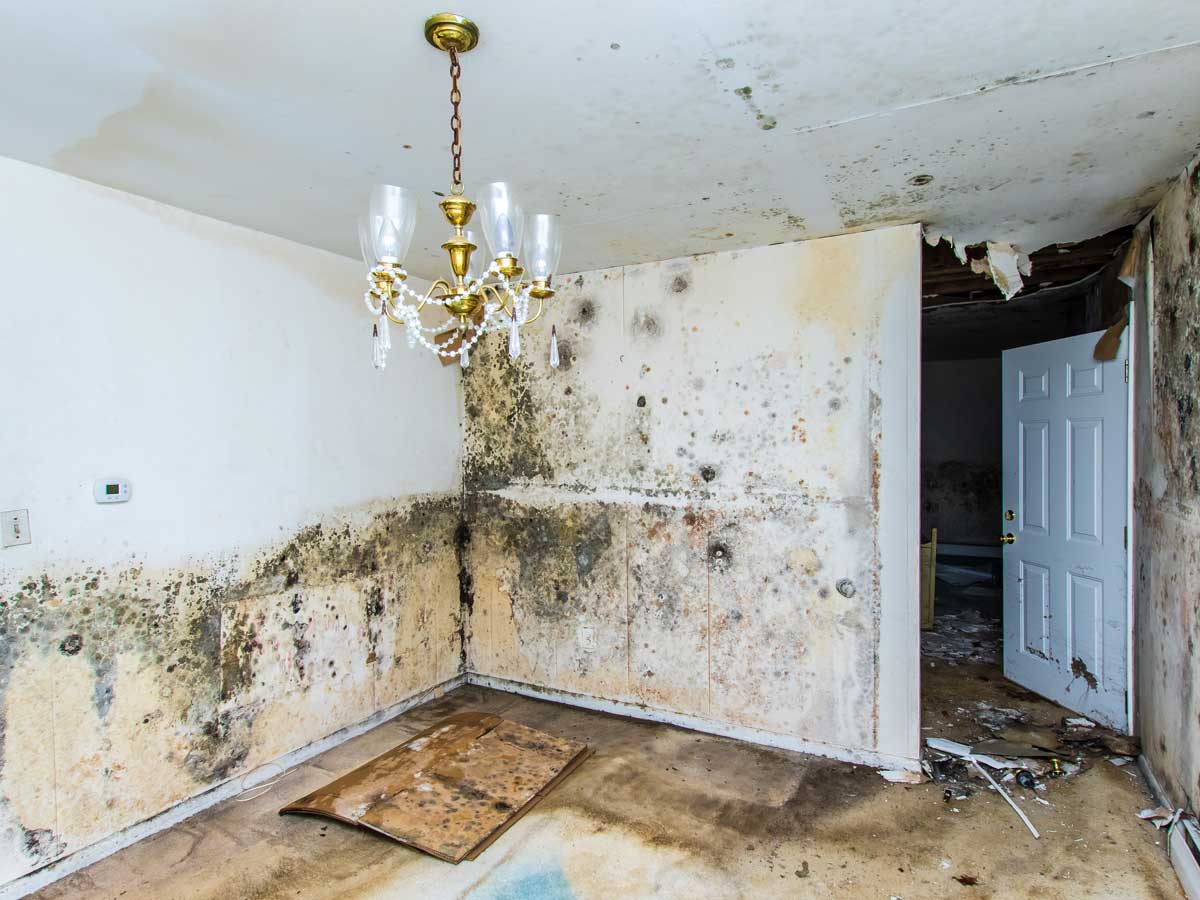Do's & Don'ts of Water Restoration.
Do's & Don'ts of Water Restoration.
Blog Article
What're your opinions about 5 Home Safety Tips To Reduce The Risk Of Fire And Water Damage?

Water provides life, water breach on parts where it's not meant to be can result in damage. It can peel away surfaces and also wear down the structure if the water soaks into your structure. Mold and mildew and also mildew likewise grow in a moist atmosphere, which can be hazardous for your wellness. Homes with water damages scent old as well as mildewy.
Water can come from many resources such as tropical storms, floodings, burst pipelines, leaks, and also drain issues. In case you experience water damages, it would certainly be great to understand some security preventative measures. Right here are a few standards on how to handle water damage.
Do Prioritize House Insurance Protection
Water damages from flooding as a result of hefty winds is seasonal. You can additionally experience an abrupt flooding when a damaged pipeline instantly ruptures into your residence. It would certainly be best to have home insurance policy that covers both disasters such as all-natural catastrophes, and emergency situations like damaged plumbing.
Do Not Fail To Remember to Turn Off Energies
In the event of a catastrophe, especially if you reside in a flood-prone location, it would be suggested to turn off the main electric circuit. This removes power to your whole home, protecting against electrical shocks when water is available in as it is a conductor. In addition, don't forget to shut off the primary water line shutoff. When floodwaters are high, furniture will move around and cause damage. Having the major valve shut off prevents further damages.
Do Remain Proactive and Heed Weather Informs
Listen to evacuation warnings if you live near a river, creek, or lake . Doing so minimizes prospective residential property damages.
Don't Neglect the Roof
You can stay clear of rainfall damages if there are no openings and also leaks in your roof. This will protect against water from moving down your wall surfaces and also saturating your ceiling.
Do Focus On Little Leaks
A ruptured pipeline doesn't happen overnight. Usually, there are warnings that suggest you have actually damaged pipes in your house. As an example, you may see bubbling paint, peeling wallpaper, water touches, water stains, or leaking sounds behind the wall surfaces. Eventually, this pipeline will certainly burst. Ideally, you need to not wait for things to rise. Have your plumbing fixed prior to it causes huge damages.
Do Not Panic in Case of a Burst Pipeline
When it comes to water damages, timing is essential. Therefore, if a pipe ruptureds in your residence, quickly closed off your main water valve to cut off the source. Call a reliable water damage restoration expert for assistance.
Water provides life, water breach on components where it's not supposed to be can result in damage. Residences with water damage odor musty and old.
Water damage from flood charges to heavy winds is seasonal. You may discover gurgling paint, peeling off wallpaper, water streaks, water spots, or dripping sounds behind the walls. When it comes to water damage, timing is vital.
Some Do's & Don't When Dealing with a Water Damage
DO:
Make sure the water source has been eliminated. Contact a plumber if needed. Turn off circuit breakers supplying electricity to wet areas and unplug any electronics that are on wet carpet or surfaces Remove small furniture items Remove as much excess water as possible by mopping or blotting; Use WHITE towels to blot wet carpeting Wipe water from wooden furniture after removing anything on it Remove and prop up wet upholstery cushions for even drying (check for any bleeding) Pin up curtains or furniture skirts if needed Place aluminum foil, saucers or wood blocks between furniture legs and wet carpet Turn on air conditioning for maximum drying in winter and open windows in the summer Open any drawers and cabinets affected for complete drying but do not force them open Remove any valuable art objects or paintings to a safe, dry place Open any suitcases or luggage that may have been affected to dry, preferably in sunlight Hang any fur or leather goods to dry at room temperature Punch small holes in sagging ceilings to relieve trapped water (don't forget to place pans beneath!); however, if the ceiling is sagging extremely low, stay out of the room and we'll take care of it DO NOT:
Leave wet fabrics in place; dry them as soon as possible Leave books, magazines or any other colored items on wet carpets or floor Use your household vacuum to remove water Use TV's or other electronics/appliances while standing on wet carpets or floors; especially not on wet concrete floors Turn on ceiling fixtures if the ceiling is wet Turn your heat up, unless instructed otherwise

Hopefully you liked our topic about Safety Tips To Prevent Fire And Water Damage. Thank you for taking a few minutes to browse our short article. Are you aware of someone else who is fascinated by the subject? Do not hesitate to share it. Thanks for your time. Don't forget to pay a visit to our site back soon.
Report this page